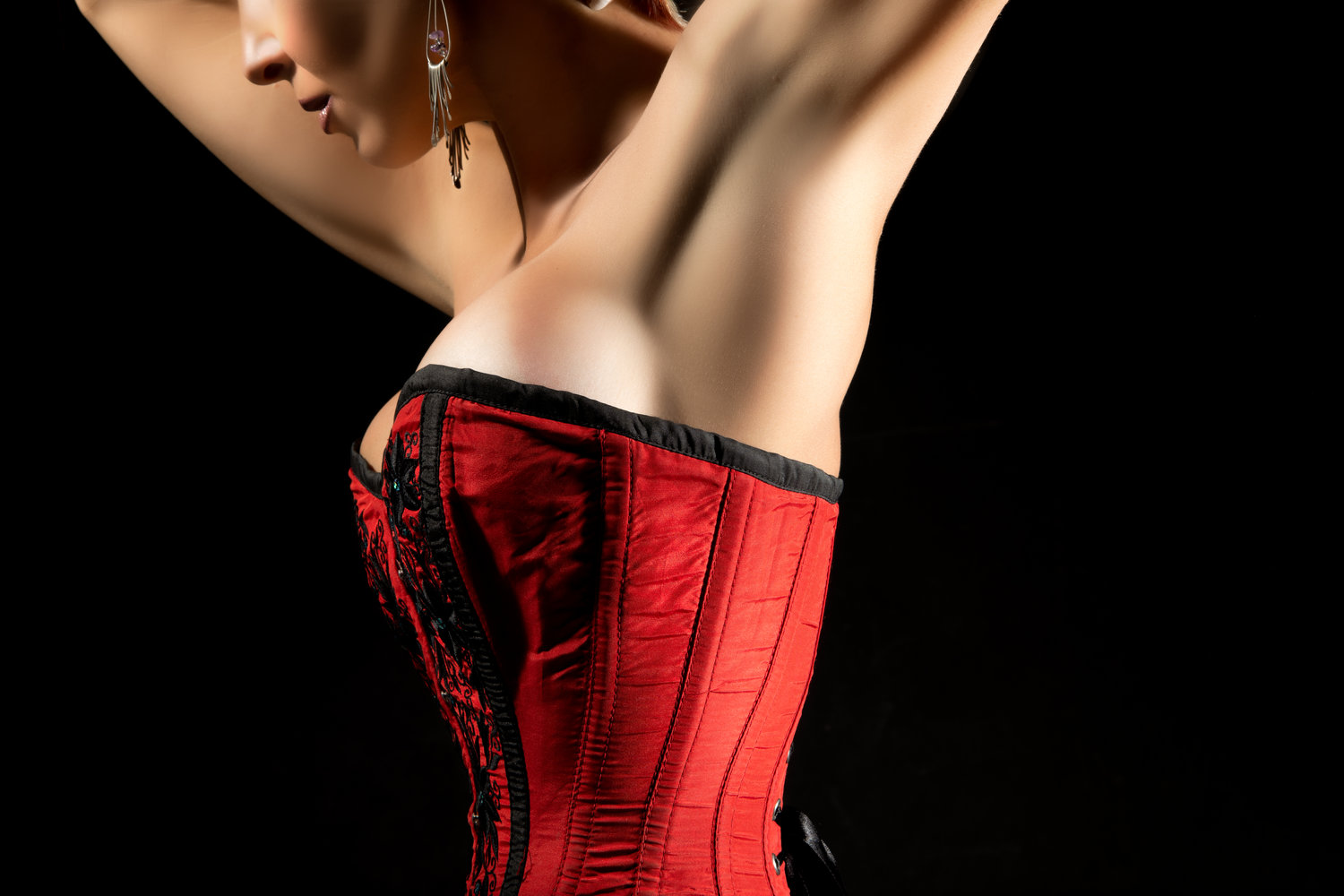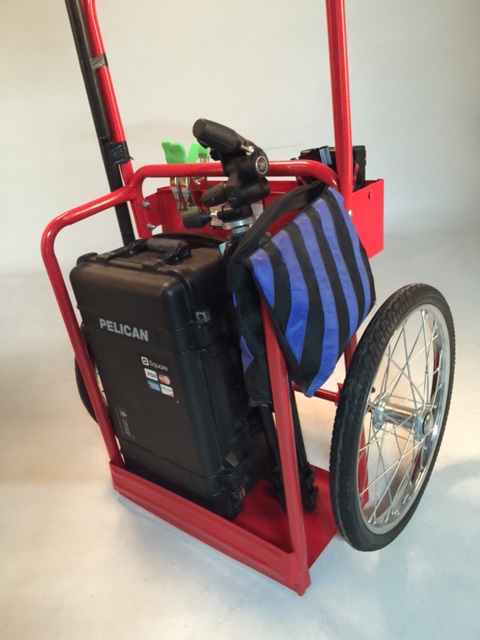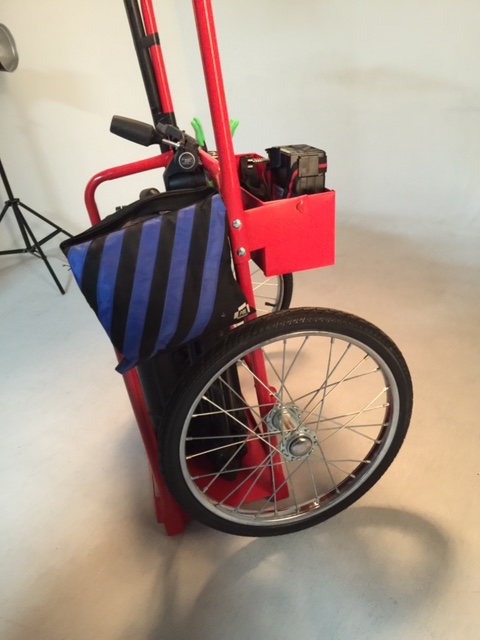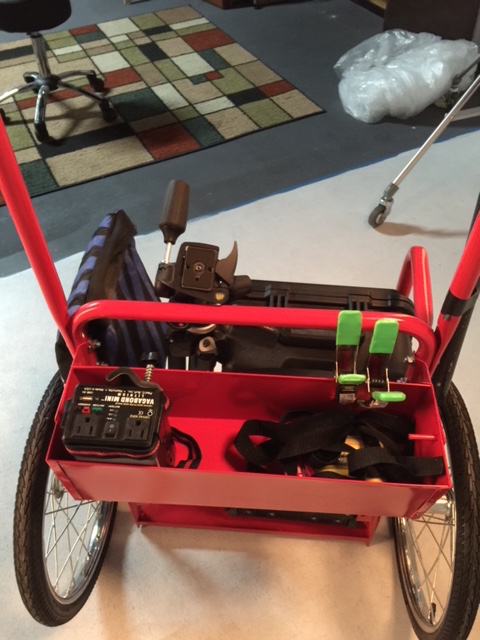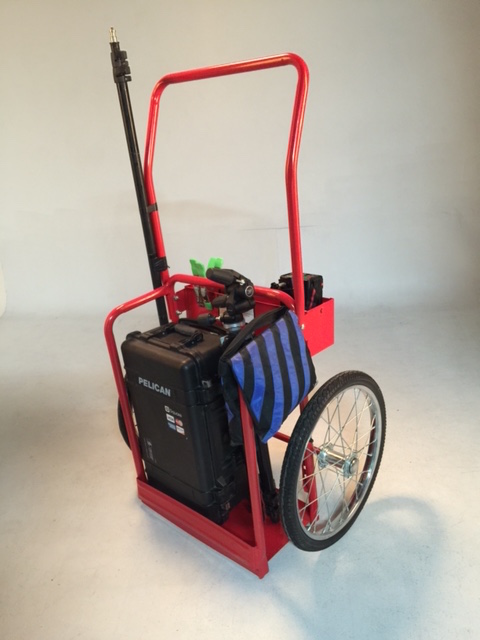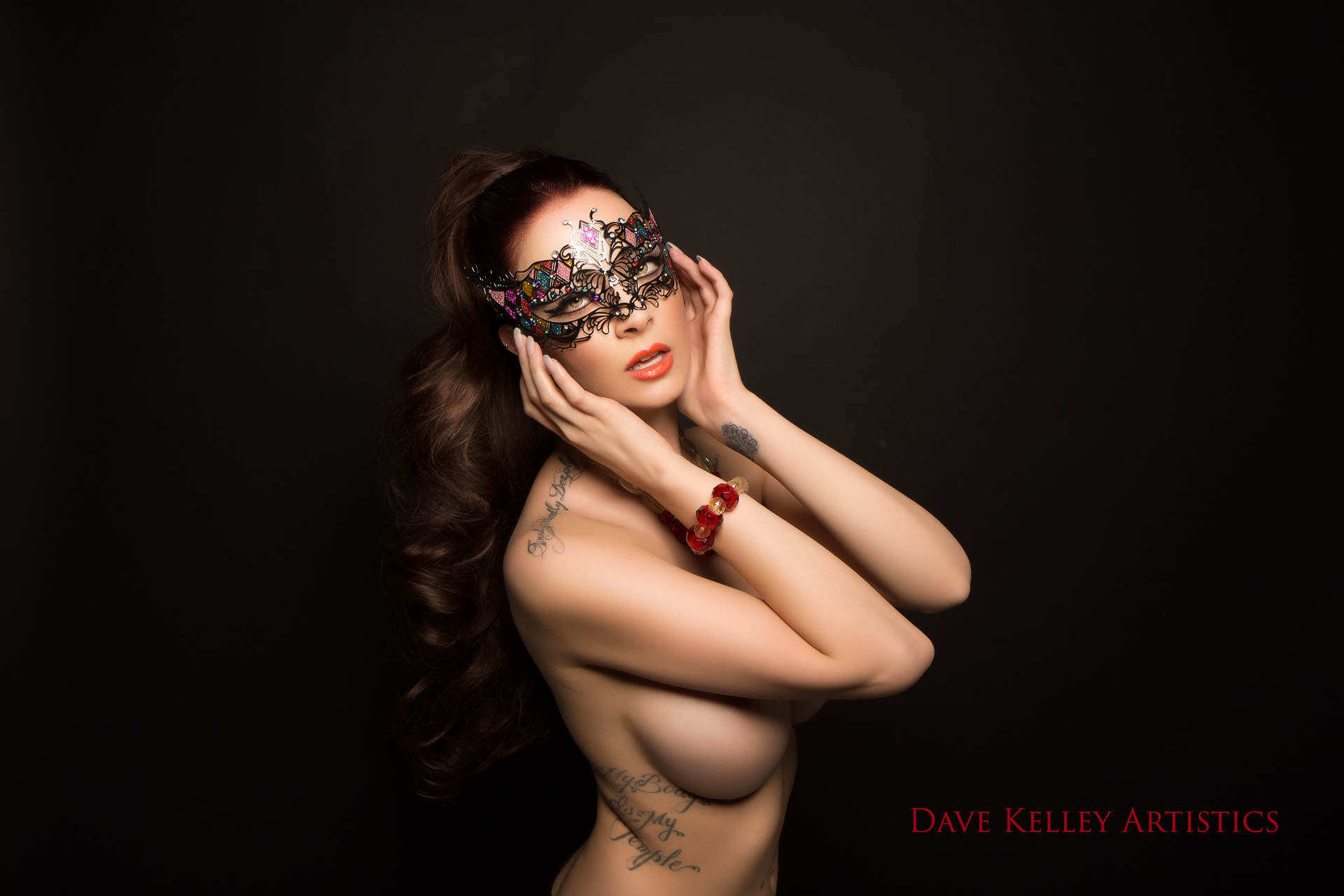Beware - The art critic
/From the first day I picked up a camera, I've had people who liked what I created and others who didn't. I expected it and, at first, took everyone's critiquing to heart. Of course, I think everyone knows pleasing everyone with art is impossible. Some people will see the beauty, colors, lines, and 'feel' the art. And some people have never seen art. I feel bad for those people. I equate art with happiness.
I learned a few years ago how useless, to me anyway, critiquing was. I'm talking about random others viewing my art. There are professional artists with a trained eye who will tell you what would make an image better, not based on what they like or don't like, but from a technical point of view. That's different and I respect those folks.
When I received my first unsolicited critiques I missed something important in what they said. Typically it started out with, "I would do...", or "I don't like...". They were honestly telling me what they wanted me to do to make it either like their art, or to change it so they would like it. So, it wasn't a critique of the art, it was a commentary about what I should do to change it so THEY would like it. Of course, I would get one person telling me it was to dark and another telling me it was to bright.
Notice I haven't said the word 'constructive' with the word 'criticism'? I really feel this word is simply used to somehow justify the judging of others work. It seems to give some authority to it that just isn't there. A form of political correctness. There seems to be a lot of ways to mask judging these days. Being offended is often used. That basically is judging someone or something else based on the person's own sensibilities...or simply their need to feel superior. Critiquing someone's art is often a form of judging or criticizing their work...or again, just trying to make themselves feel better about their own.
I've noticed something else lately. There are some people out there who feel their critiquing of others is some 'right' and anyone who doesn't want to hear it is foolish for not wanting their advice. On the extreme end of this group are those that will flat out tell you to take up gardening and stop trying because they don't see any promise in your work at all. So far, 100% of the time, I haven't seen anything at all of note in their own work. I hope they have a wonderful garden.
I think the day someone asked me for a critique of their image, and I told them, was a turning point for me. After telling them what I did, I felt bad because it didn't feel right somehow. After giving it some thought I realized I did, indeed, tell them what I would have done to it to make it mine. That is zero help to the artist.
So, bottom line, when someone asks me what I think of their art I always respond with, "Do you love it?!?" Of course they do or they wouldn't have created it the way they did. And do I say anything when I see something I don't like? Hell no. I don't see it as bad at all. I see it as something that doesn't fit my parameters of what I happen to enjoy. It sure as hell doesn't make it bad art. Some people out there just can't seem to handle that all art isn't for everyone. Doesn't make some of it bad just because they don't like it.
When someone gives me 'creative critique' today I thank them for their opinions and wish them a nice day. As an artist I create for my own soul, my own heart. I don't create for others. I don't think it's possible to create the best you can and try to make it for others to like. Put your passion to work, create until you love it and then it's done. Trust your eye.
And yes, in a way I just judged some people for their actions. But, no animals were harmed in the creating of this blog so I guess I'm okay.
Leave a comment below if you'd like. Enlighted? Agree? Agree to disagree?
